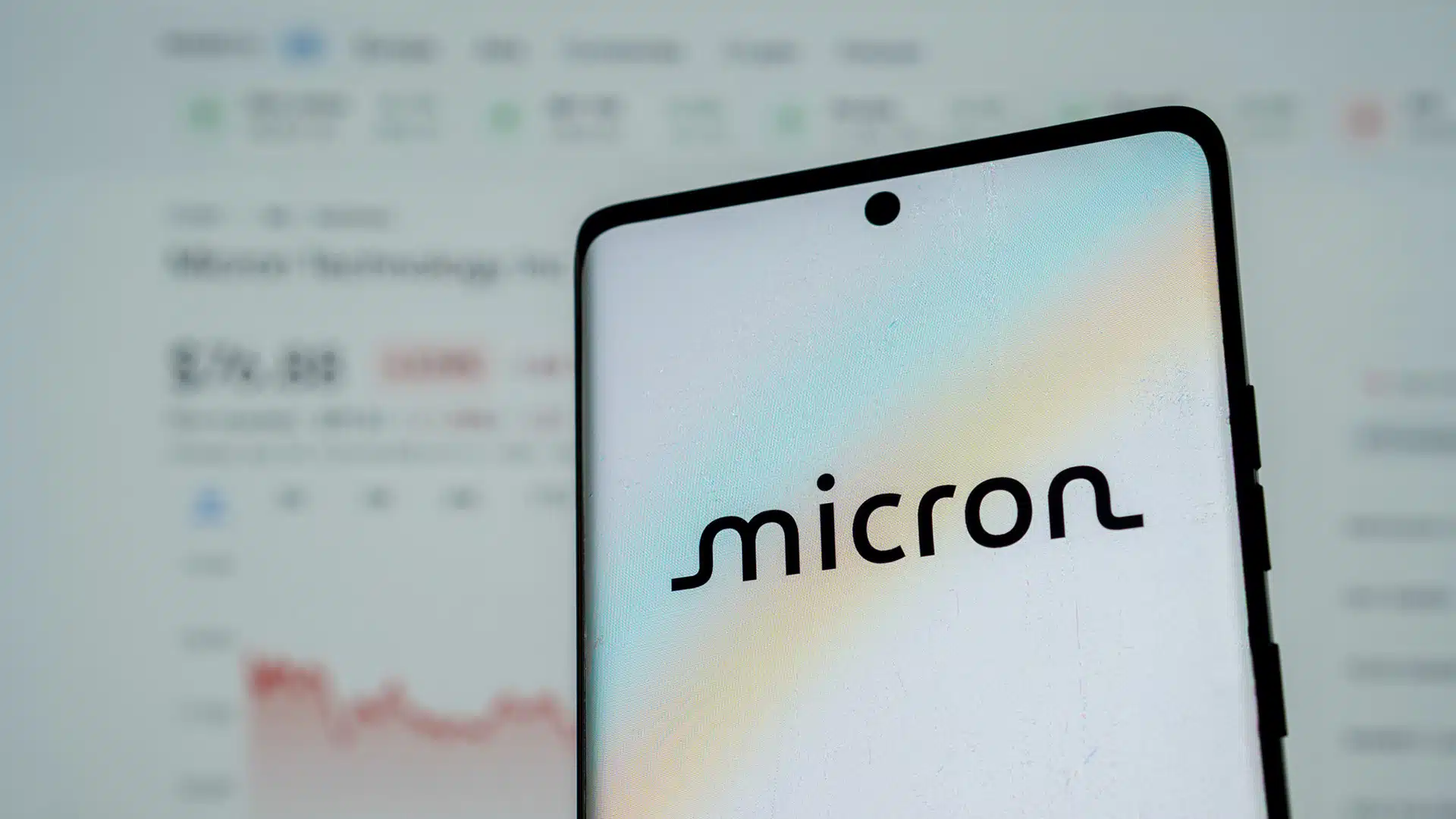Zendesk’s latest AI announcements and accompanying launch indicate the company is enhancing its AI tools across its platforms to better support the self-service use case and agent-driven interactions. However, the use of Zendesk solutions for employee experience (EX) is another area where the company is seeing traction, and Zendesk is excited about its current and future plans to build up use cases in this important area.
I was recently able to talk with Josh Bean, employee experience business lead at Zendesk, about how the company is moving forward with efforts in this area as companies strive to better support their employees.
Interest Increasing in Giving Employees a More Premium Experience
With employees being more distributed than ever and experiencing a variety of issues during their day to day, teams tasked with supporting them face enormous challenges. These could include anything from IT staff trying to help an employee troubleshoot a home printer to HR teams administering policies for office locations where they have never. This reality collides with the fact that employees’ expectations of their work experience are very high. The result can be a lot of friction points both for the employee and the internal staff supporting them.
“What we have been seeing lately, and what we are excited to support, is many of our really innovative customers saying that our solutions are working great for their customers, and they want to extend that type of experience to their employees,” said Bean. “There is a lot of opportunity there, especially with trying to support improved ease of use for employees, and we are well positioned to help deliver that exceptional experience at scale”.
Workers now expect consumer-grade experiences during their workday, and businesses must discover what that actually means to their employee base and work to provide the tools needed to accomplish it.
“The way employees communicate across the business has seen a lot of change over the past few years and being able to give employees the opportunity to have omnichannel support is a critical strategy in giving employees that premium experience that they want. Employees should also have self-service options when they are trying to find information and solve a problem, as well as a robust and flexible knowledge base,” said Bean
On the flip side is the value that companies get from the insights gathered. Each day employees are faced with a myriad of positive and negative interactions with their company processes and technologies. With lower barriers to leaving a job, often newer employees are particularly at risk of leaving if they encounter a plethora of barriers to getting their jobs done. Often companies do not have visibility into the granularity of issues that arise.
“Being able to give companies a view into the issues employees are having across their employee journey, just as Zendesk has been doing well for years on the customer side, helps pinpoint those pain points. Uncovering these insights helps companies be more agile in their responses, particularly for areas of high impact. Something like seeing employee submitted tickets and uncovering a payroll issue, that if unresolved, could cause people to leave,” said Bean.
Twenty-One New Capabilities in the EX Space
At the Zendesk AI drop event, the company announced 21 new capabilities in the EX area that are either in progress, being explored, or available right now. These range from advanced bots for IT and HR, conversation bots in Slack direct messages, and IT and HR intents. The company is releasing more than 300 intents for HR and IT cases that are ready to go out of the box.
“These intents really help save time with more appropriate routing. Companies are also going to be able to unlock whole new levels of analysis, which is something we are pretty excited about,” said Bean.
An example given was the submission of a request from an employee about a lost laptop. It has been delayed and the employee is unable to do their job. The submitted ticket can be automatically classified according to intent. The sentiment, frustration, and urgency can be determined, and when it is identified, it can be more specifically routed to a group of agents that might be able to handle the request and a workflow can be created that will increase the prioritization.
Intent can also help identify and smooth out tickets that can be completed via self-service, clearing up time for agents and helping employees solve problems on their own more quickly.
The focus on giving employees the same types of solutions that customers can access during their journey and that support a strong CX makes sense, and I particularly like the strategy of meeting employees where they are with omnichannel support. The company is doing a lot of work on integrating this employee support via messaging channels, and this is a great way to not interrupt workflow. Zendesk is continuing to explore and build out use cases, and I expect to see a lot more action from them in this area in the coming year.
Other Insights from The Futurum Group:
Zendesk AI Enhances AI Tools for Bots and Agent-Driven Interactions
Zendesk Acquires Workforce Management Software Provider Tymeshift
Zendesk Announces New AI Intelligence Layer to Power Seamless Interactions
Author Information
As a detail-oriented researcher, Sherril is expert at discovering, gathering and compiling industry and market data to create clear, actionable market and competitive intelligence. With deep experience in market analysis and segmentation she is a consummate collaborator with strong communication skills adept at supporting and forming relationships with cross-functional teams in all levels of organizations.
Sherril holds a Master of Business Administration in Marketing from University of Colorado, Boulder and a Bachelor of Arts in Psychology from Rutgers University.








